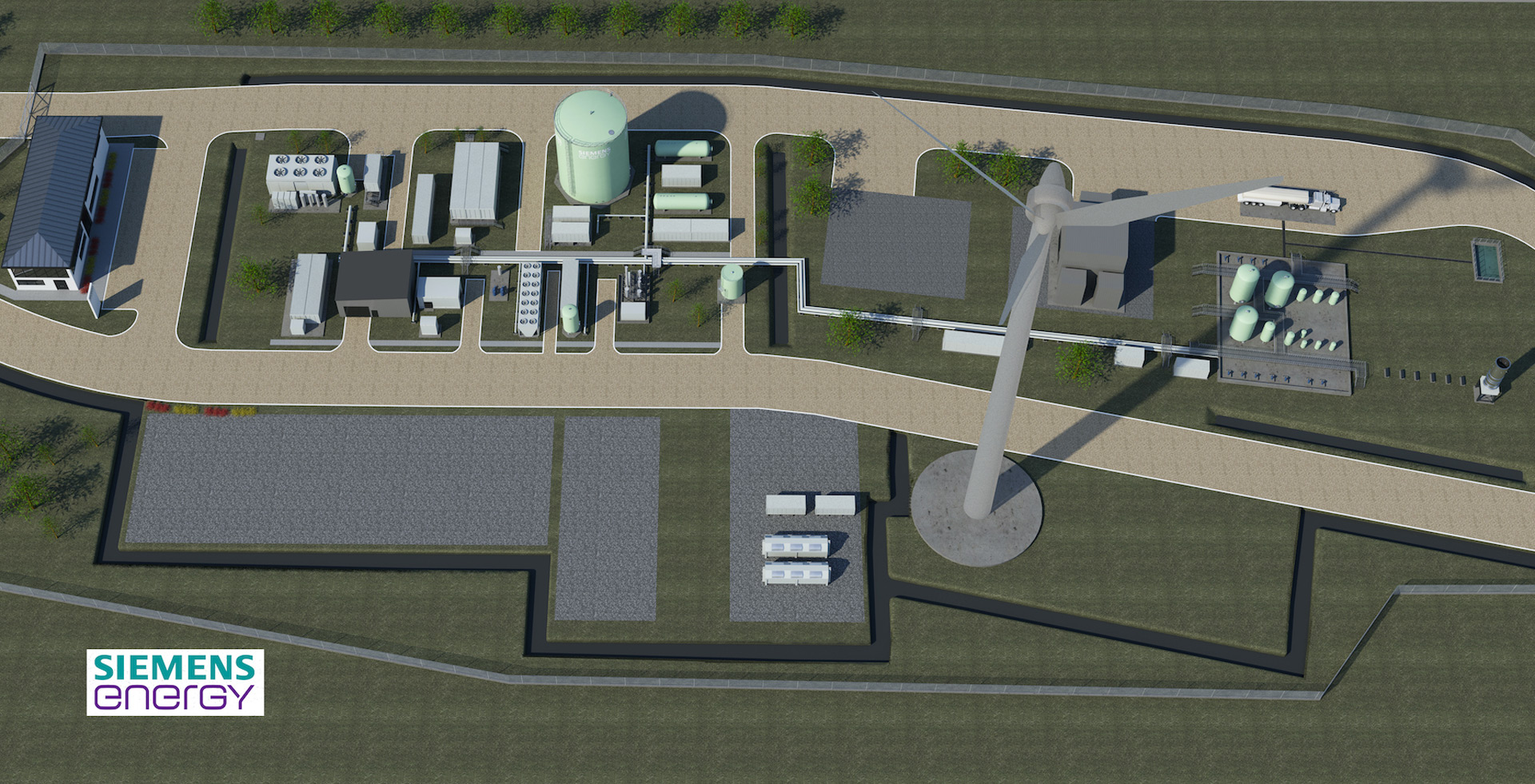
Artist's concept of the asteroid 16 Psyche, which is thought to be a stripped planetary core. (Image credit: Maxar/ASU/P. Rubin/NASA/JPL-Caltech)
By Paul Sutter
So how do we get these metals from these faraway asteroids? Perhaps the best way is to bring the space rocks to Earth.
Photos: Asteroids in deep space
Most of the metals we use in our everyday lives are buried deep within Earth. And I mean deep: When our planet was still molten, almost all of the heavy metals sank to the core, which is pretty hard to get to. The accessible veins of gold, zinc, platinum and other valuable metals instead came from later asteroid impacts on Earth's surface.
Those asteroids are the fragmented remains of almost-planets, but they contain all of the same mixtures of elements as their larger planetary cousins. And you don't have to dig down into their cores to get it: The asteroid 16 Psyche, for example, contains roughly 22 billion billion pounds (10 billion billion kilograms) of nickel and iron, which are used in everything from reinforced concrete to mobile phones.
If we maintained our current consumption of nickel and iron, 16 Psyche alone could supply our industrial needs for several million years.
Far, far away
But the main problem with asteroids is that they are far away. Not just in space (tens of millions of miles for even the "near"-Earth asteroids), but also in speed. To launch from Earth's surface and go into orbit, a rocket needs to change its velocity from zero to 5 miles per second (8 kilometers per second). To rendezvous with an average asteroid, the rocket has to change its velocity by another 3.4 miles per second (5.5 km/s).
That requires almost as much fuel as the launch itself, which the rocket would just have to carry as dead weight, thus adding to the already-obscene cost of trying to set up a remote mining operation in the first place.
And once the asteroid were mined, asteroid prospectors would be faced with a difficult choice: They could try to refine the ore right there on the asteroid, which would entail setting up an entire refining facility, or ship the raw ore back to Earth, with all the waste that would involve
So instead of trying to mine a distant asteroid, how about we bring the asteroid back to Earth? NASA's ill-fated Asteroid Redirect Mission (ARM) was an attempt to do just that. The goal of the mission was to grab a 13-foot (4 meters) boulder from a nearby asteroid and return it to cislunar space (between the orbits of Earth and the moon), where we could then study it at our leisure.
To move the boulder, ARM would use solar electric propulsion, with solar panels absorbing sunlight and converting it into electricity. That electricity would, in turn, power an ion engine. It wouldn't be fast, but it would be efficient — and it would eventually get the job done.
Related: How it works: NASA asteroid-capture mission in pictures
Unfortunately, in 2017, NASA canceled ARM. Some of the critical technologies wound up in other projects, like the OSIRIS-REx mission to the asteroid Bennu, and NASA continues to investigate and use ion engines. When properly scaled up, a future version of ARM could potentially send large chunks of asteroids — if not entire small asteroids — into nearby outer space.
In fact, a recent study found a dozen potential asteroids, ranging from 6.6 to 66 feet (2 to 20 meters) across, that could be brought into near-Earth orbit with a change in velocity of less than 1,640 feet per second (500 m/s). And the solar electric propulsion schemes cooked up for ARM would be perfectly capable of that, although it would take a while.
Once an asteroid is in near-Earth space, many of the difficulties of asteroid mining are significantly reduced. Just compare the ease of getting to low Earth orbit, or even to the moon, versus reaching Mars. The Red Planet's extreme distance from Earth presents enormous logistical, engineering and technical challenges that we are still trying to solve, all while we've maintained a continuous human presence in low Earth orbit for over two decades.
A cislunar asteroid would be much easier to study and much easier to test different mining strategies on. In addition, its resources would be much easier to bring back to Earth.
As a bonus, any asteroid redirect mission meant for mining would also automatically become an asteroid redirect mission for saving Earth: If we can successfully change the speed and orbit of a harmless asteroid, we can potentially do it for a dangerous Earth-crossing one. The solar electric propulsion drive, for example, might be humanity's best chance to avoid calamity.
Too bad the project was canceled.
Paul M. Sutter is an astrophysicist at SUNY Stony Brook and the Flatiron Institute, host of "Ask a Spaceman" and "Space Radio," and author of "How to Die in Space."
Learn more by listening to the episode "What are asteroids good for?" on the "Ask a Spaceman" podcast, available on iTunes and askaspaceman.com. Ask your own question on Twitter using #AskASpaceman or by following Paul @PaulMattSutter and facebook.com/PaulMattSutter.











